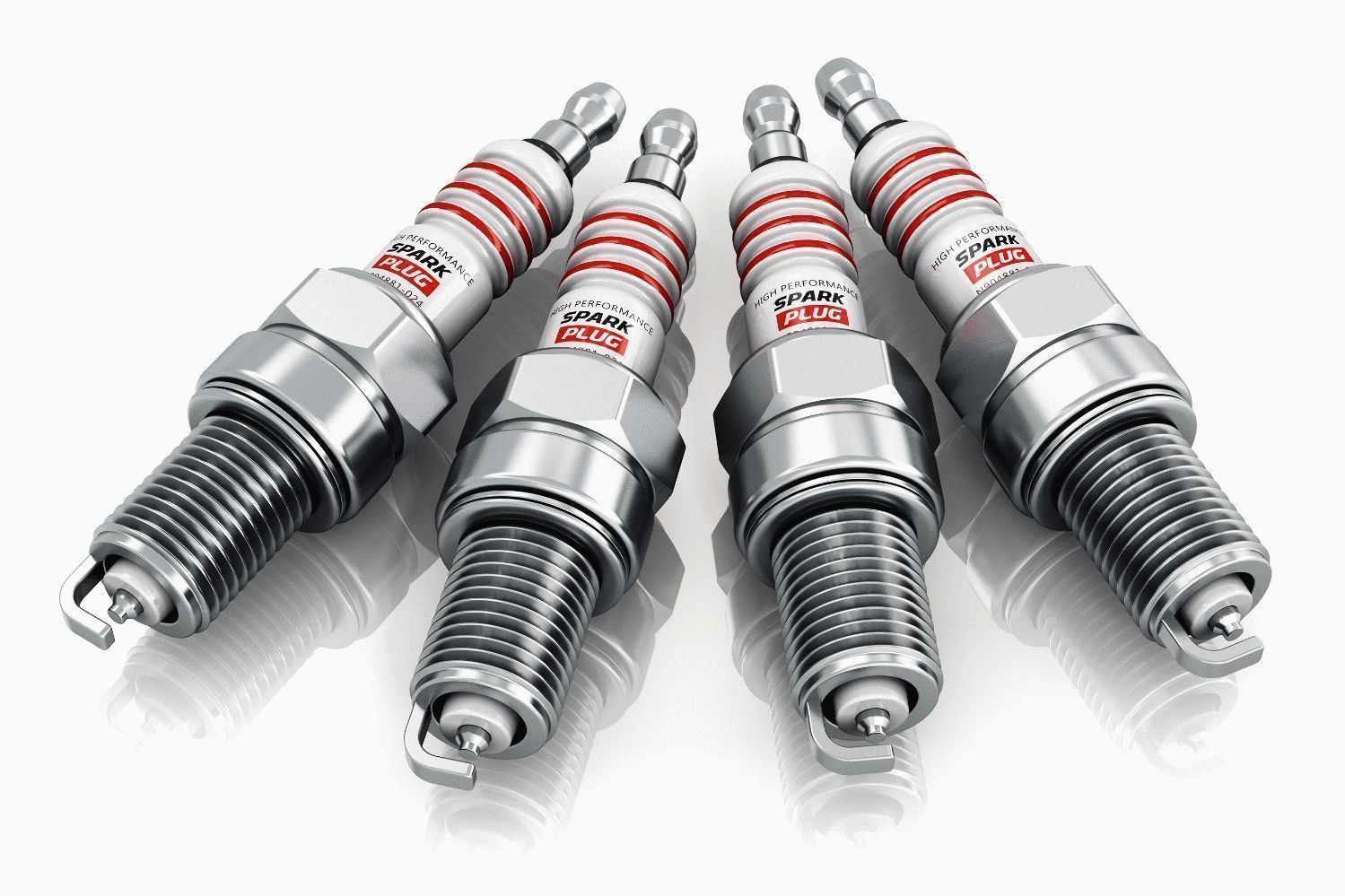
What are spark plug wires and when should they be changed?
Content
The spark plug wire is a very important element in the operation of car engines. They must be well insulated to prevent leakage of current, as well as withstand high temperatures, vibrations during movement, and high levels of humidity.
Spark plug wires in internal combustion engines are components of spark ignition systems that transmit high voltage pulses between the voltage source, the distributor and the spark plugs.
These wires connect the ignition coil to the distributor, which is commonly referred to as coil wire and is otherwise indistinguishable from spark plug wires.
Spark plug wires and coils are also known as high voltage wires, spark plug wires, and similar names. Each cable consists of a single wire covered with insulating material, with connectors and insulating sleeves at both ends.
What are spark plug wires made of?
Spark plugs are made of silicone rubber with a fiber core that acts as a resistor to reduce secondary current and transfer high secondary voltage to the spark plugs.
How do spark plug wires work?
Spark plug wires are designed to transmit high voltage pulses between the coil or magneto and the spark plugs.
In both magneto and battery-coil ignition systems, spark plugs require an extremely high voltage to ignite. That kind of voltage would destroy most of the wires present in the average car's electrical system, all of which are rated for the 12V DC that car batteries are rated for.
To handle the high voltages generated by magnetos and coils, spark plug and coil wires are designed to:
– Transmission of high voltage pulses without damage.
– Remain electrically isolated from earth.
– Not damaged by high temperatures in engine compartments.
During normal engine operation, the spark plug coil or wire in a conventional mechanical or electrical ignition system operates by first transmitting a high voltage pulse from the ignition coil to the distributor. The distributor, cap and rotor work together to create an electrical connection between the coil wire and the spark plug wire. The high voltage pulse then travels through this high voltage wire to the spark plug, bypassing the spark plug arrester and igniting the air/fuel mixture in the corresponding combustion chamber.
How do you know if the spark plug wire is faulty?
Loss of power and increased fuel consumption. Just like when we have dirty spark plugs or the gap between their electrodes is poorly adjusted, faulty cables will cause a bad spark and damage proper combustion.
:

